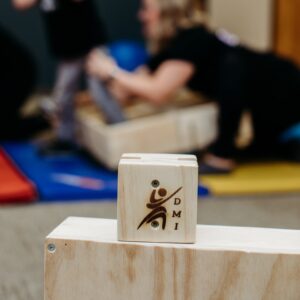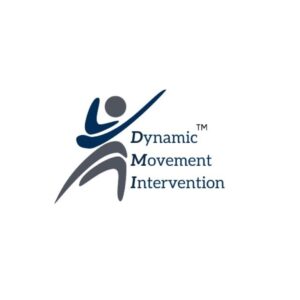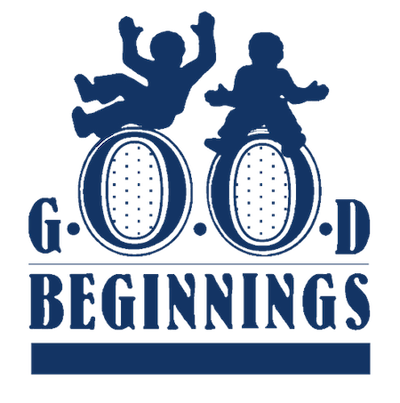Dynamic Movement Intervention (DMI)

Dynamic Movement Intervention (DMI) is a therapeutic technique used in physical and occupational therapy to treat children with motor delay by improving automatic postural responses and promoting progress towards developmental milestones. The goal of DMI is to provoke a specified active motor response from the child in response to defined dynamic exercises prescribed by the therapist. This comprehensive intervention incorporates current research on neurorehabilitation, technologies, and methodologies. DMI stimulates neuroplasticity to facilitate new neuronal connections and development of motor milestones.


Who
DMI therapy is beneficial for children with any type of motor delay, including, but not limited to the following:
-
Prematurity
-
Developmental Delay
-
Down Syndrome
-
Cerebral Palsy
-
Hypotonia
-
Genetic Disorders
-
Spinal Cord Lesions
-
Acquired/Traumatic Brain Injury
How
-
DMI exercises are chosen based on the therapist’s evaluation of the child’s deficits.
-
These exercises will challenge the child’s neurological system by moving against gravity, working to lessen the support required, and making the movements automatic.
-
Exercises can be completed on a tabletop or the floor based on the child’s abilities and size.




DMI focuses on:
(Premises and tenets of practice)
-
Gross motor skills – Improving gross motor skills of children from birth by developing automatic motor movement. (Promotes Neurological Maturity )
-
Gradual progression – Continuously increasing the challenge to encourage the child to respond with greater independence.
-
Alignment and Postural Control – All exercises focus on optimal anatomical alignment and stimulate postural control and verticality.
-
Range of Motion – Muscle and joint range of motion is achieved by movement (Dynamical and functional stretching).
-
Balance – Improved balance is a common thread through most DMI exercises.
-
Functional movements – Improving actions and skills that lead to attaining milestones such as rolling, sitting, standing, and walking.
-
Somatosensory Development – The strong sensory information provided by the exercises sends afferent messages to the brain to create specialized synapses that fine tune balance, muscle control, and movement.
-
Modifying tone, primitive reflexes, and abnormal patterns of movement – DMI strives to provide normalized movement patterns to children with neurological dysfunction to assist with the integration of disruptive primitive reflexes.
-
Global Development – DMI focuses on gross motor skills, however, many other skills develop as a byproduct of this intensive intervention.
